Making Mistakes
Originally published October 2014 and most recently updated January 9, 2016.
Making Mistakes is one of the first blogs I wrote, and it bears periodic updating.
In 1859, the Scottish author, Samuel Smiles wrote in Self Help, “We often discover what will do, by finding out what will not do; and probably he who never made a mistake never made a discovery.”
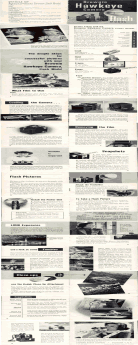
Don’t be afraid to make mistakes. We often learn more from our mistakes than from our successes. Think back to your childhood and teen years. How often did you ignore your parents’ admonishments and do something anyway.
Learning the consequences of that mistake had so much more impact than your parents’ warning, and you learned by first-hand experience that perhaps you didn’t want to repeat that mistake in the future. And, you survived!
By the same token, I had a great aunt, a famous heart doctor, who always said that it was more important to publish your failures than your successes. It kept others from wasting a lot of energy, time, and money going down that same particular path. Instead, other researchers could try a different approach, or perhaps a variation on the scenario that didn’t work, and in doing so, might make some “mistakes” that resulted in some great discoveries.
I suspect many of the great inventions of our world came from making mistakes that turned out to be amazing successes.
Think of the artichoke. Glamorous, it ain’t. If you saw one for the first time, would you be tempted to eat one? And what about the choke and those prickles on the tips of the leaves? Some one must have been desperate to be the first to try one, maybe pricked his fingers and dropped it into the fire, making yet another mistake. Personally, I am eternally grateful for those first people who dared try something different by sampling, whether through desperation or chance, that wonderful, strange creature!
And so it is with photography. If we are afraid of making mistakes, of taking chances, we can’t grow as photographers. Cameras these days save us from ourselves if we allow them to. I never set my camera to A (automatic) and very, VERY rarely to P (program). I mean, really, look at this box. Do you see anything that would speak to program or automatic modes? I was amused, by the way, to discover that camera is considered an antique. Oh well!
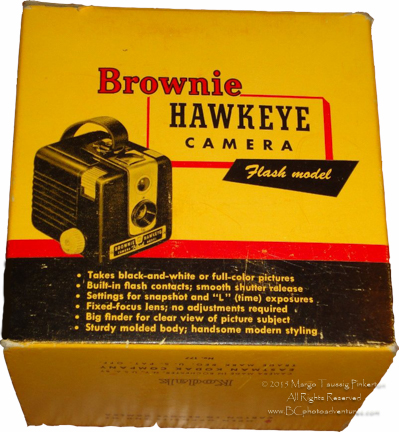 I was eight, when I got one of them, my first camera, a Brownie Hawkeye Flash Model that took 620 film, the precursor to 120 film that came on a slightly thicker spool. 120 wasn’t introduced until 1965. The adjustments on my Brownie were minimal, but when I read the manual, I saw that I could do a longer exposure. I experimented with that, and came out with some interesting results. I wish I had the negatives from those days, but in the myriad of moves I have gone through, they disappeared. Probably thrown out by my mother who was obsessive-compulsive about being tidy.
I was eight, when I got one of them, my first camera, a Brownie Hawkeye Flash Model that took 620 film, the precursor to 120 film that came on a slightly thicker spool. 120 wasn’t introduced until 1965. The adjustments on my Brownie were minimal, but when I read the manual, I saw that I could do a longer exposure. I experimented with that, and came out with some interesting results. I wish I had the negatives from those days, but in the myriad of moves I have gone through, they disappeared. Probably thrown out by my mother who was obsessive-compulsive about being tidy.
I also saw in the manual a section on mistakes, one of which was an example of double exposures caused by not advancing the film between shots.
“Hmmm,” I thought, “That could be really neat.”
And so, armed with the new-found knowledge of how to not do double exposures on my new treasure, I did them on purpose. The “mistake” became discovery with some pleasing results.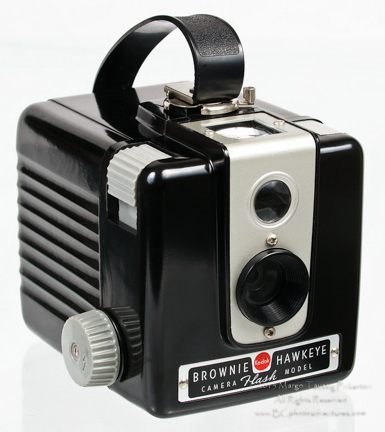
My next camera I bought two or three years later with the help of my dad. I had to earn half the money, $50, which was a lot for an eleven-year-old, and he would come up with the rest. I think he saw it as an easy way for him not to have to mow the lawn! It was the German Kodak, marvelously compact Retina IIc with a Schneider Xenon-C 50mm f/2.0 lens that was really superb in such a modest camera. That camera saw a lot of miles, many locations here and overseas, and produced some really wonderful photographs and learning experiences. I used that camera for probably 25 years before I switched to my first SLR.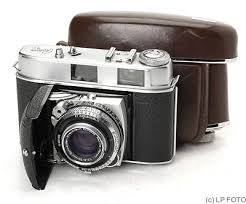
It sits in my office, a great reminder of some incredible trips and experiences.
So, I was lucky to grow up shooting film that in mt earlier days of photography came with a little sheet of thin, accordion-folded paper that had an exposure guide chart. Some of you may remember it. Light sand and snow, bright sunlight, cloudy, shade, open shade. It gave the f/stops at a shutter speed of 1/125 for each situation. I may have forgotten the exact labels, but that is close enough.
This is where the guide chart for exposures came in for me. I had a little 3” x 5” notebook, something I recommend to our workshop participants to this day, in which I recorded date, frame number, coded conditions for the weather — light sand or snow (SS), sunny (S), cloudy (C), shade (Sh), and open shade (OS) — speed, and f/stop. These days, with digital cameras, everything but the conditions is found in the camera metadata, but the exercise is still valuable for finding out what works best for you and your vision of how you want to make (note I don’t say “take”) a photograph.
Sometimes, you just don’t have time to fire off a lot of shots to capture a moment in time, so it’s best not to experiment in those situations. Instead, experiment when the results don’t matter, and discover if some of those making mistakes are actually techniques you want to use in the future.
Or study your mistakes and turn them into positives when you can. I remember my first “butt shot” done while walking along with my first dSLR. While not a thing of beauty, it gave me the courage to experiment with motion. It brought to mind what Ernst Haas did with his famous photograph of the matador. This is a simple shot I did this fall on the Outer Banks, showing one of our participants what she might do with grasses.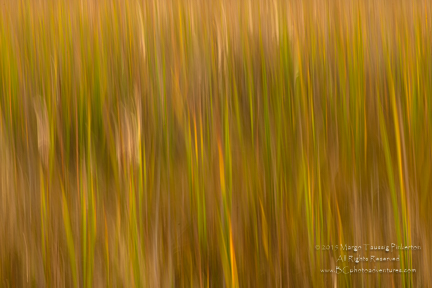
So, don’t be afraid of making mistakes. Experiment with different ways of approaching your photography. Who knows what you might discover!
Originally published February 2008 and most recently revised January 9, 2016
If you enjoy our blog(s) …
Please SUBSCRIBE. It’s easy to do by clicking on the appropriate link at the top of the right column.
Comments on the blog are always encouraged and welcome.
We also hope you will LIKE this and SHARE this blog with those interested in photography by clicking on the buttons below. We also hope you will check out these links:
Great blog! The first camera I had was a Kodak Baby Brownie, which was a present to me on my tenth birthday, about 63-years ago. I learned that if I shot people with the sun behind what I was shooting, despite being told that the sun should be behind me, I could create a silhouette.
Arnie B.,
Thanks for your comments. It is fun to find other people who started out with some sort of Brownie and who ignored the “directions” or did something by mistake, and WOW, what a difference it made.
Take care,
TBC
I love this article which I will share with my next class “Introduction to Digital Photography. I too started with the Kodak Hawkeye and later graduated to the Retina 2c, both of which I still have. I show them and pictures I make with them at my first class. Thanks so much for the post.
Make it the best New Year ever.
John
John ,
Thanks so much for the comment. It is great fun to find someone else who started out with those two cameras. Alas, my Brownie was traded in for a lower price on the Retina. My father found one second hand, but it was in brand-new shape. As I type this, I see it watching me from across the room on the shelf in its leather case with the red, velvet lining. I am honored that you will share this with your students. Please feel free to share others, such as Elation and Frustration, etc. Just give me credit! I am also impressed that you are teaching your students more than just the technicalities of photography which, in our minds, too many people do. We always stress creativity over techno-speak.
Take care,
TBC